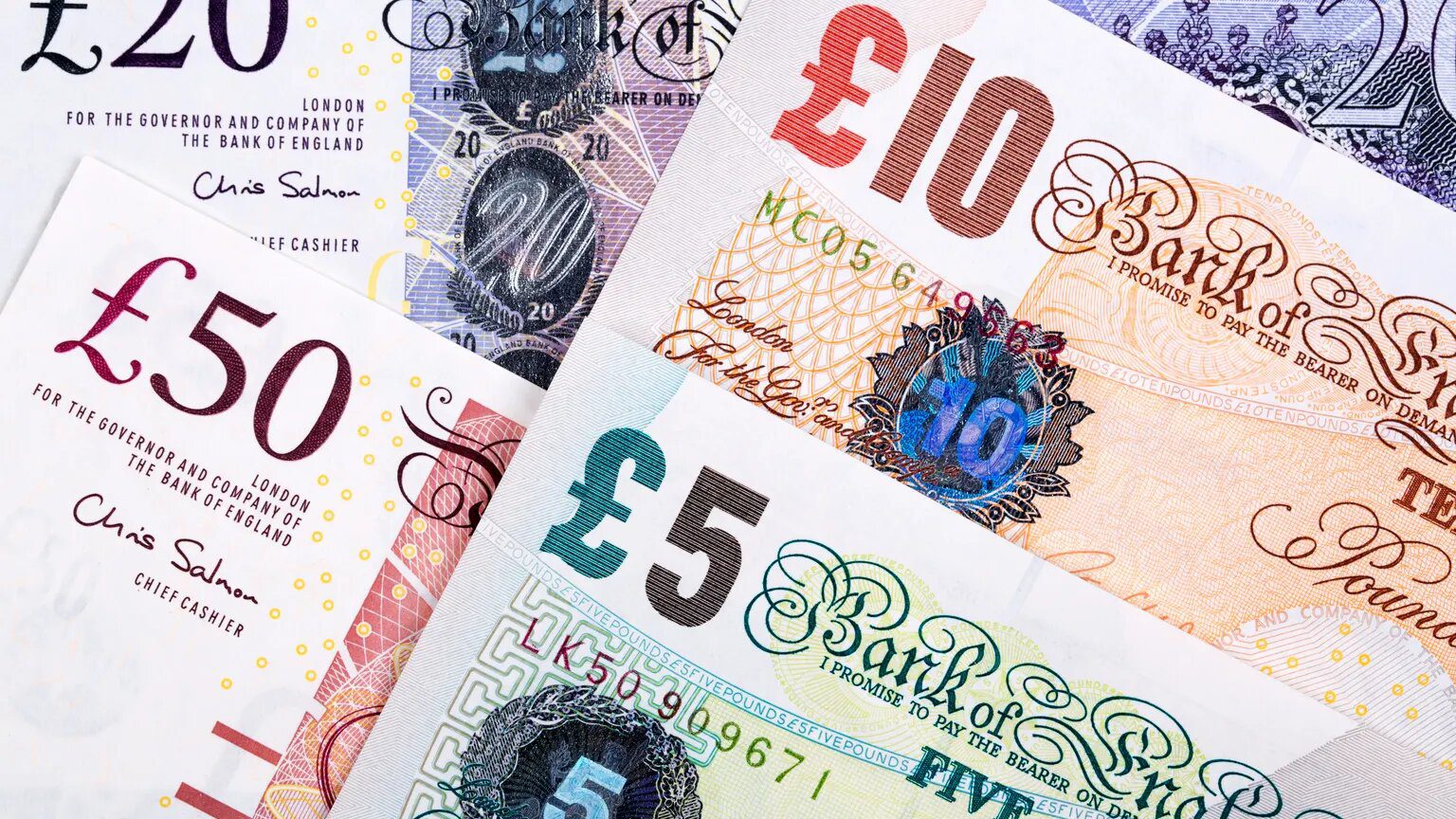Forex
Too much pessimism around the british pound currency

The British pound currency fell in price against the European common currency and the U.S. dollar on Thursday, and it continues to fall on Friday. The reason for that was business data publication, which showed that the British economy had already plunged into recession. Also, the local strengthening of the US dollar puts considerable pressure on the pound.
The S&P Global/CIPS UK Purchasing Managers’ Index (PMI) for December was revised lower. New business declined for the second month in a row, and the survey’s employment index fell to its lowest level since February 2021. The British pound currency paired with the euro fell 0.11% to 88.49 pence. GBP/USD was down 0.33% to 1.1867 by this time.
British pound chart — what factors form the vector of the movement?
There is too much pessimism about the UK today as the British economy is almost certainly in recession. There is a wave of strikes across the country and the crisis is hitting almost all sectors, including the rail network. Prices continue to rise, the welfare of citizens is significantly reduced, migrants are coming into the country at a record rate, the cost of living is rising steadily, while workers’ wages have not increased for more than 10 years, leaving many of them unable to make ends meet.
On top of this, the country is about to enter a period of profound political crisis, fertile ground for which Liz Truss’ short-sighted policies have prepared. It is clear that after the failures of the previous prime minister, public discontent, and skepticism toward the new government persists. In his New Year’s address, the new prime minister, Rishi Sunak, promised the annoyed British public that from now on the country’s policy would have one goal: to meet the needs of the population.
But one way or another, representatives of the Bank of England are confident that in 2023 Britain will not be able to avoid a deep economic crisis. Moreover, they expect that the recession will be even stronger than in the other G7 countries.
Earlier we reported that the news from the U.S. helped stock indices to close the week on the plus side.

 Forex3 years ago
Forex3 years agoForex Today: the dollar is gaining strength amid gloomy sentiment at the start of the Fed’s week

 Forex3 years ago
Forex3 years agoUnbiased review of Pocket Option broker

 Forex3 years ago
Forex3 years agoDollar to pound sterling exchange rate today: Pound plummeted to its lowest since 1985

 Forex3 years ago
Forex3 years agoHow is the Australian dollar doing today?

 Cryptocurrency3 years ago
Cryptocurrency3 years agoWhat happened in the crypto market – current events today

 World3 years ago
World3 years agoWhy are modern video games an art form?

 Commodities3 years ago
Commodities3 years agoCopper continues to fall in price on expectations of lower demand in China

 Economy3 years ago
Economy3 years agoCrude oil tankers double in price due to EU anti-Russian sanctions































